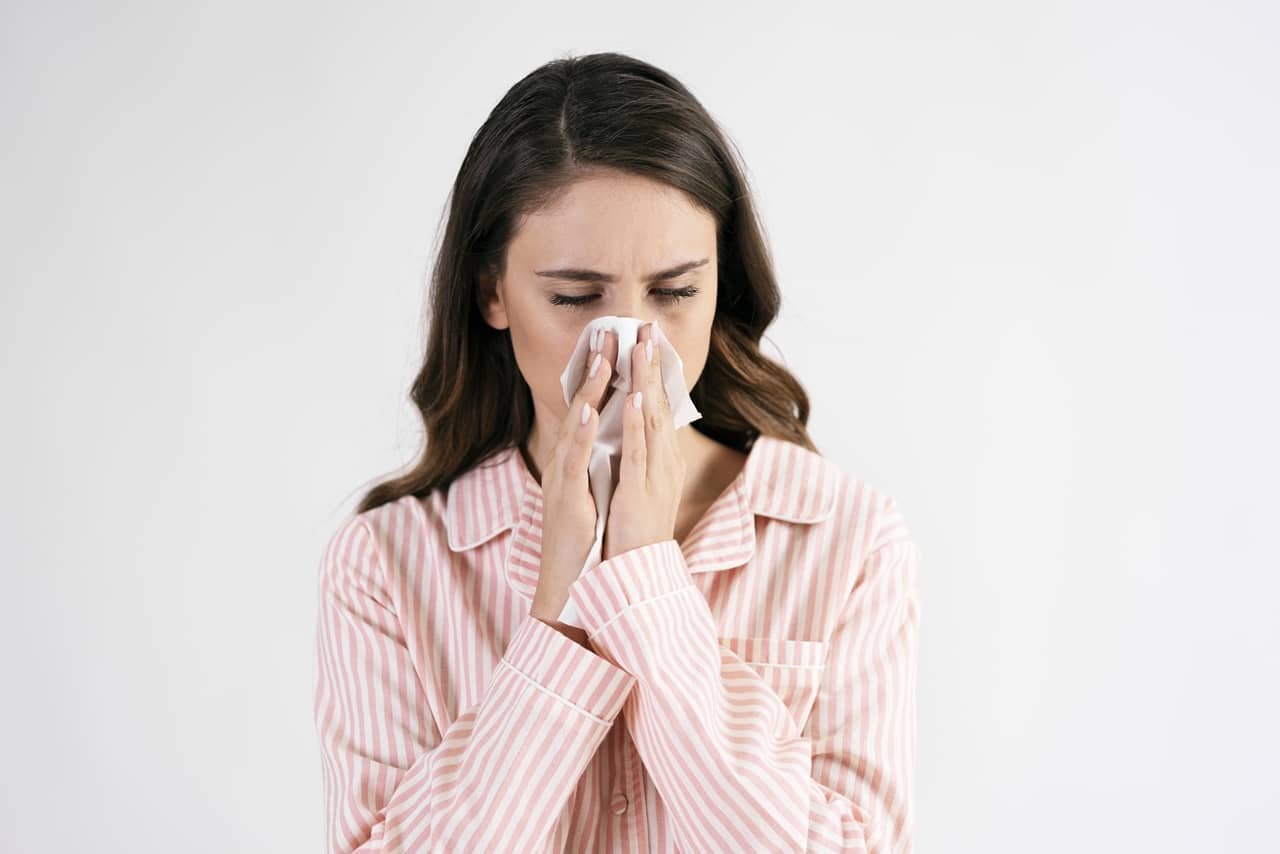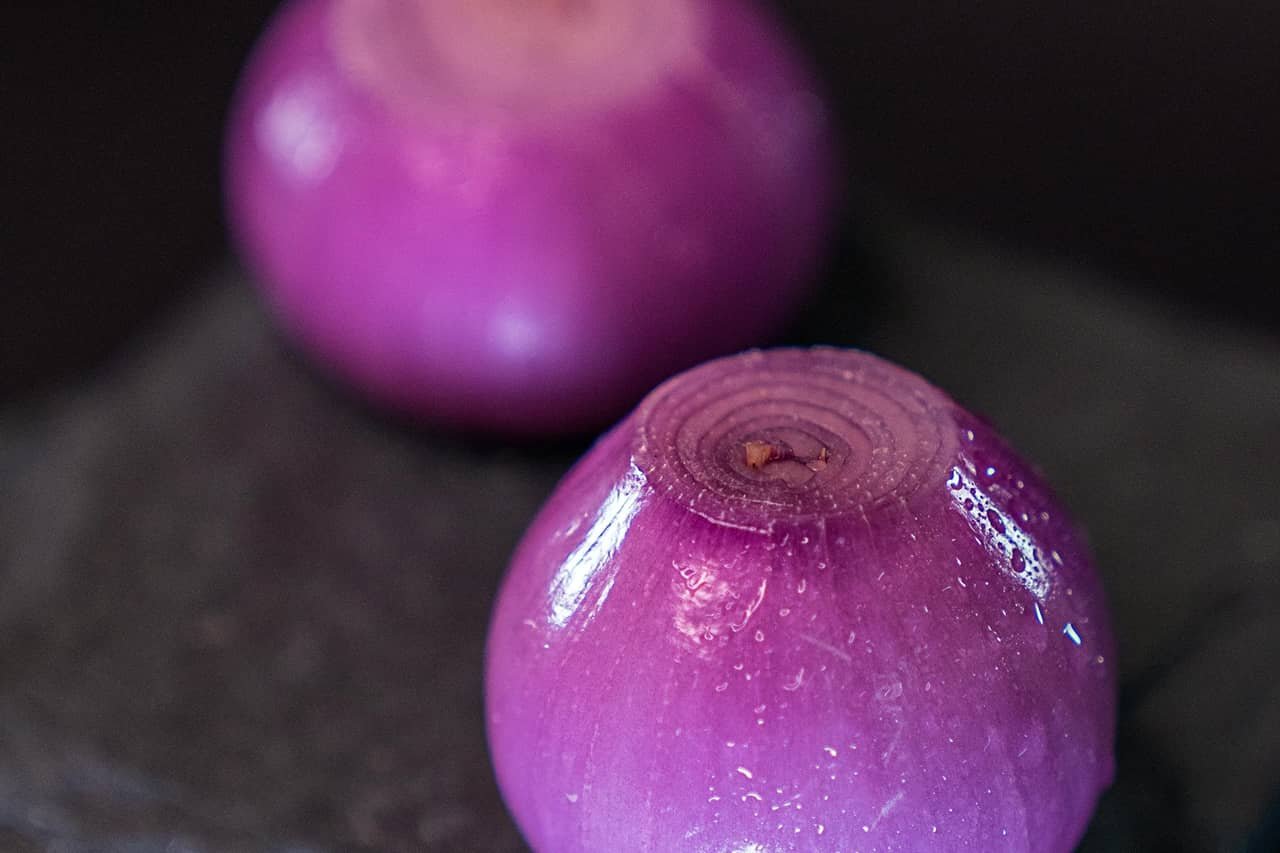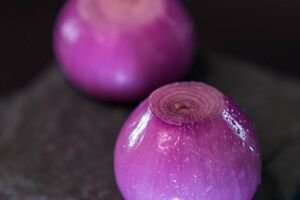Low back pain is a common condition that affects millions of people worldwide. It is a debilitating condition that can impact your ability to carry out daily activities and negatively affect your quality of life. In this article, we will discuss the causes, symptoms, and treatment options for low back pain.
Top 10 Causes of Low Back Pain

Low back pain can be caused by several factors, including poor posture, injury, or strain. The most common causes of low back pain include:
1. Muscle or Ligament Strain:
Straining your back muscles or ligaments is a common cause of low back pain. This can happen when you lift something heavy or twist your back awkwardly.
How it happens: Straining of muscles or ligaments often occurs due to heavy lifting, sudden twisting, or improper lifting techniques. It can also result from poor posture or muscle imbalances.
2. Herniated Disc
The gel-like inner material of a disc in the spine can bulge or rupture through its outer layer due to wear and tear, injury, or lifting heavy objects improperly. This puts pressure on nearby nerves, causing pain.
3. Degenerative Disc Disease
Over time, the spinal discs naturally degenerate and lose their cushioning ability. This can result from aging, repetitive strain, or injuries, leading to bone-on-bone contact, inflammation, and pain.
4. Spinal Stenosis
Spinal stenosis occurs when the spinal canal narrows, putting pressure on the spinal cord and nerves. This narrowing can result from aging, arthritis, or abnormal bone growth, causing pain and discomfort, especially when standing or walking.
5. Osteoarthritis
Osteoarthritis is the breakdown of the cartilage between the facet joints in the spine. It develops over time due to aging, genetic factors, or previous injuries, leading to pain, swelling, and stiffness in the lower back.
6. Scoliosis
Scoliosis is an abnormal sideways curvature of the spine. It can be congenital (present at birth) or develop during growth spurts in adolescence. Severe scoliosis can cause uneven pressure on the discs and joints, leading to pain.
7. Spondylolisthesis
Spondylolisthesis occurs when a vertebra slips forward, usually at the base of the spine. This can result from a genetic predisposition, stress fractures, or degeneration of the supportive ligaments, causing nerve compression and back pain.
8. Traumatic Injuries
Traumatic injuries, such as falls, car accidents, or sports injuries, can cause fractures, dislocations, or sprains in the spine. These injuries can damage the structures of the back, leading to acute and severe pain.
9. Infections
Infections in the spine, often caused by bacteria, can lead to conditions like osteomyelitis or discitis. These infections can occur due to surgery, injections, or other medical procedures, causing inflammation, pain, and sometimes abscess formation.
10. Tumors
Tumors, whether cancerous (malignant) or non-cancerous (benign), can develop in the spine or nearby tissues. As they grow, they can compress spinal nerves or invade nearby structures, causing persistent back pain, which may worsen at night.
It’s important to note that each person’s situation is unique, and the causes of low back pain can vary widely. If someone experiences persistent or worsening back pain, it is essential to consult a healthcare professional for a thorough evaluation and appropriate management.
What Are The Symptoms of Low Back Pain?
The symptoms of low back pain can vary widely depending on the underlying cause and severity of the condition. Common symptoms of low back pain include:
- Dull or Aching Pain: Persistent pain in the lower back that may be dull or achy. The pain can be localized to the lower back or radiate into the buttocks and thighs.
- Sharp or Shooting Pain: Intense, stabbing pain that may travel down the legs, a symptom often associated with nerve compression or sciatica.
- Muscle Stiffness: Feeling of tightness or reduced flexibility in the lower back muscles, making it difficult to move or stand up straight.
- Pain that Worsens with Movement: Pain that becomes more intense when you stand, walk, bend, or lift objects. Certain movements or positions may exacerbate the pain.
- Pain that Improves with Rest: Some individuals find relief when they rest or change positions, especially by lying down or adopting a fetal position with knees drawn toward the chest.
- Numbness or Tingling: Numbness, tingling, or weakness in the legs or feet, indicating possible nerve compression. This is common in conditions like herniated discs or spinal stenosis.
- Pain after Prolonged Sitting or Standing: Discomfort or pain that intensifies after sitting for long periods or standing for extended durations.
- Pain that Radiates: Pain that travels from the lower back into the buttocks, thighs, or even the calves and feet. This is often a sign of nerve irritation or compression.
- Difficulty Walking or Standing: Severe pain that makes it difficult to walk, stand, or maintain an upright posture.
- Pain Accompanied by Other Symptoms: In some cases, low back pain may be accompanied by other symptoms such as fever, unintentional weight loss, loss of bowel or bladder control (which could indicate a serious condition and requires immediate medical attention), or pain that worsens at night.
It’s important to note that these symptoms can be indicative of various underlying conditions. If you experience persistent or worsening low back pain, especially if accompanied by other concerning symptoms, it is essential to seek medical evaluation for proper diagnosis and appropriate treatment.
Low Back Pain exercise
Exercise can be an effective way to manage and prevent low back pain. However, it’s important to consult with a healthcare provider or a qualified fitness professional before starting any new exercise program, especially if you have a history of back problems. Here are some low-impact exercises and stretches that can help strengthen the muscles in the lower back and improve flexibility, potentially reducing the risk of low back pain:
Pelvic Tilts:
- How to do it: Lie on your back with your knees bent and feet flat on the floor. Tighten your abdominal muscles and push your lower back into the floor. Hold for a few seconds and then relax. Repeat several times.
Cat-Cow Stretch:
- How to do it: Start on your hands and knees in a tabletop position. Inhale and arch your back (cow pose), lifting your head and tailbone. Exhale and round your back (cat pose), tucking your chin and tailbone. Repeat this sequence several times.
Child’s Pose:
- How to do it: Start on your hands and knees, then sit back on your heels, reaching your arms forward on the floor. Hold this stretch, breathing deeply and relaxing into the position for 30 seconds to 1 minute.
Bridge Exercise:
- How to do it: Lie on your back with knees bent and feet flat on the floor. Tighten your abdominal muscles and lift your hips off the floor, forming a straight line from shoulders to knees. Hold for a few seconds, then lower your hips back down. Repeat several times.
Knee-to-Chest Stretch:
- How to do it: Lie on your back with your knees bent and feet flat on the floor. Bring one knee toward your chest, holding it with both hands. Hold for 20-30 seconds, then switch legs. Repeat a few times on each side.
Partial Crunches:
- How to do it: Lie on your back with knees bent and feet flat on the floor. Cross your arms over your chest and tighten your abdominal muscles. Lift your shoulders off the floor a few inches while keeping your lower back on the ground. Hold for a second or two, then lower back down. Do 2-3 sets of 10-15 repetitions.
Seated Spinal Twist:
- How to do it: Sit on the floor with your legs extended straight in front of you. Bend one knee and cross it over the opposite leg. Place your elbow on the outside of the bent knee and twist gently to the side. Hold for 20-30 seconds, then switch sides.
Piriformis Stretch:
- How to do it: Lie on your back with knees bent and feet flat on the floor. Cross one ankle over the opposite knee and gently pull the resting leg toward your chest until you feel a stretch in your buttocks. Hold for 20-30 seconds, then switch sides.
Remember to perform these exercises gently and slowly, avoiding jerky or fast movements. If any exercise causes pain or discomfort, stop immediately and consult a healthcare professional. Regular physical activity, including these exercises, can contribute to the overall health of your back and reduce the risk of low back pain.
Low Back Pain Treatment
The treatment options for low back pain depend on the cause and severity of the condition. In most cases, low back pain can be managed with a combination of rest, medication, and physical therapy. Some of the most common treatment options include:
Take Rest:
Resting the affected area can help reduce inflammation and pain. This may involve taking time off work or limiting your physical activity until the pain subsides.
Do Medication:
Over-the-counter pain relievers, such as ibuprofen or acetaminophen, can help reduce pain and inflammation. In some cases, your doctor may prescribe stronger pain medication or muscle relaxants.
Physical Therapy:
Physical therapy can help strengthen your back muscles and improve your posture. This can help prevent future episodes of low back pain.
Surgery:
In some cases, surgery may be necessary to relieve pressure on the nerves or repair damaged disks. This is typically only considered if other treatment options have been unsuccessful.
Daily Life Activities That Cause Low Back Pain
Low back pain can be caused by various factors, and one of the most common causes is daily life activities. Many everyday activities can put a strain on your back muscles, leading to pain and discomfort. In this article, we will discuss some of the daily life activities that can cause low back pain and how you can prevent it.
1. Sitting for Long Periods:
Sitting for extended periods can put a lot of pressure on your lower back muscles, especially if you have poor posture. This can lead to muscle fatigue, tension, and pain. To prevent low back pain, try to take breaks from sitting every 30 minutes and stretch your legs and back.

2. Lifting Heavy Objects:
Lifting heavy objects can put a significant strain on your lower back muscles, leading to muscle sprains or strains. To prevent low back pain when lifting heavy objects, use proper lifting techniques, such as bending at the knees and keeping your back straight.

3. Carrying Heavy Bags:
Carrying heavy bags or purses on one shoulder can cause muscle imbalances in your back and shoulders, leading to pain and discomfort. To prevent low back pain, try to distribute the weight of your bag evenly across both shoulders or use a backpack with padded straps.

4. Standing for Long Periods:
Standing for extended periods can put a strain on your lower back muscles, especially if you have poor posture. This can lead to muscle fatigue, tension, and pain. To prevent low back pain, try to take breaks from standing every 30 minutes and stretch your legs and back.

5. Using Phone or Computer:
Using your phone or computer for extended periods can cause a strain on your neck and upper back muscles, which can lead to muscle imbalances in your lower back. To prevent low back pain, try to take breaks every 30 minutes, stretch your neck and upper back, and adjust your screen or phone to eye level.
6. Lack of Exercise:
A sedentary lifestyle can weaken your back muscles, leading to a higher risk of low back pain. To prevent low back pain, try to incorporate regular exercise into your daily routine, such as walking, swimming, or yoga.
Daily life activities can cause low back pain, but there are ways to prevent it. By using proper lifting techniques, maintaining good posture, taking breaks, and incorporating regular exercise into your routine, you can reduce the risk of low back pain and improve your overall health and well-being. If you experience persistent or severe low back pain, it is important to consult with a healthcare provider for further evaluation and treatment.
Natural Remedy for Low Back Pain
Low back pain is a common condition that affects many people, and there are several natural remedies that can help alleviate the pain. Here are some natural remedies for low back pain:
1. Exercise:
Exercise can help strengthen the muscles that support your back and reduce the risk of low back pain. Gentle exercises such as walking, swimming, or yoga can be helpful in relieving low back pain.
2. Heat and Cold Therapy:
Applying heat or cold to the affected area can help relieve low back pain. Applying heat, such as a heating pad or warm towel, can help relax the muscles and increase blood flow to the area. Applying cold, such as a cold pack or ice wrapped in a towel, can help reduce inflammation and numb the pain.
3. Massage Therapy:
Massage therapy can help reduce muscle tension and improve blood flow to the affected area. A licensed massage therapist can target the muscles in your lower back to relieve pain and tension.
4. Yoga and Stretching:
Yoga and stretching exercises can help increase flexibility and relieve muscle tension, which can help reduce low back pain. Certain yoga poses, such as the cat-cow pose and child’s pose, can help stretch and strengthen the muscles in your lower back.
5. Turmeric:
Turmeric is a spice that contains an active ingredient called curcumin, which has anti-inflammatory properties that can help reduce pain and inflammation in the body. Adding turmeric to your meals or taking turmeric supplements may help alleviate low back pain.
6. Magnesium:
Magnesium is a mineral that is important for muscle and nerve function. Low levels of magnesium can contribute to muscle tension and pain. Consuming magnesium-rich foods such as spinach, almonds, and avocados, or taking magnesium supplements, may help reduce low back pain.
There are several natural remedies that can help alleviate low back pain. Exercise, heat and cold therapy, massage therapy, yoga and stretching, turmeric, and magnesium are all natural ways to reduce low back pain. However, if your pain persists or is severe, it is important to consult with a healthcare provider for further evaluation and treatment.
Foods That Help to Improve Low Back Pain
Low back pain is a common condition that affects many people. While there are many causes of low back pain, diet can play a role in its prevention and management. Here are some foods that can help improve low back pain:
Fatty fish:
Fatty fish such as salmon, sardines, and mackerel are rich in omega-3 fatty acids, which have anti-inflammatory properties that can help reduce pain and inflammation in the body.
Turmeric:
Turmeric is a spice that contains an active ingredient called curcumin, which has anti-inflammatory properties that can help reduce pain and inflammation in the body. Adding turmeric to your meals or taking turmeric supplements may help alleviate low back pain.
Dark leafy greens:
Dark leafy greens such as spinach and kale are rich in magnesium, which is important for muscle and nerve function. Low levels of magnesium can contribute to muscle tension and pain.
Ginger:
Ginger is a spice that has anti-inflammatory properties that can help reduce pain and inflammation in the body. Adding ginger to your meals or drinking ginger tea may help alleviate low back pain.
Cherries:
Cherries are rich in antioxidants and anti-inflammatory compounds that can help reduce pain and inflammation in the body. Eating cherries or drinking cherry juice may help alleviate low back pain.
Nuts and Seeds:
Nuts and seeds such as almonds and sunflower seeds are rich in magnesium, which is important for muscle and nerve function. Low levels of magnesium can contribute to muscle tension and pain.
Whole grains:
Whole grains such as brown rice and quinoa are rich in fiber and B vitamins, which are important for nerve function and can help reduce pain and inflammation in the body.
Incorporating these foods into your diet may help improve low back pain. However, it is important to maintain a well-balanced diet and to consult with a healthcare provider for further evaluation and treatment if your pain persists or is severe.
Things to Be Avoided To Reduce Low Back Pain
Low back pain is a common condition that affects many people. While there are many factors that contribute to low back pain, avoiding certain things can help reduce the risk of exacerbating the pain. Here are some things to be avoided to reduce low back pain:
Sitting for Prolonged Periods:
Sitting for long periods of time, especially in a slouched position, can put a lot of pressure on your lower back and contribute to low back pain. It is important to take breaks from sitting and to maintain good posture while sitting.
Lifting Heavy Objects:
Lifting heavy objects, especially with poor form, can put a lot of strain on your lower back and contribute to low back pain. It is important to lift with your legs, not your back, and to avoid lifting objects that are too heavy for you.
Wearing High Heels:
Wearing high heels can shift your weight forward and cause your lower back to arch excessively, which can contribute to low back pain. It is important to wear comfortable, supportive shoes that provide good arch support.
Avoid Smoking:
Smoking can contribute to low back pain by reducing blood flow to the spine and impairing the healing process. Quitting smoking can help reduce the risk of low back pain and improve overall health.
Avoid Stress:
Stress can cause muscle tension and contribute to low back pain. It is important to find ways to manage stress, such as practicing relaxation techniques or participating in stress-reducing activities.
Poor Posture:
Poor posture can put a lot of strain on your lower back and contribute to low back pain. It is important to maintain good posture while standing, sitting, and walking.
Avoiding these things can help reduce the risk of exacerbating low back pain. It is important to maintain a healthy lifestyle, including regular exercise, a well-balanced diet, and proper sleep, to help prevent and manage low back pain. If your pain persists or is severe, it is important to consult with a healthcare provider for further evaluation and treatment.
Conclusion
Low back pain is a common condition that can be caused by several factors, including poor posture, injury, or strain. The symptoms of low back pain can vary depending on the cause and severity of the condition. Treatment options may include rest, medication, physical therapy, or surgery. If you are experiencing low back pain, it is important to consult with your doctor to determine the underlying cause and develop a treatment plan that is right for you.
















